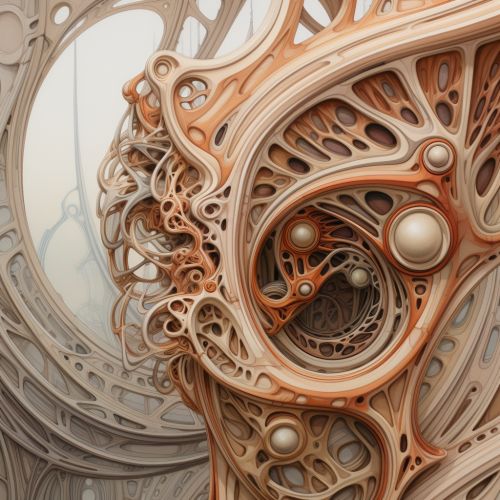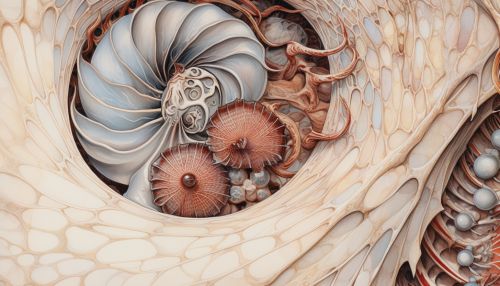The Science of Human Vestibular System
Anatomy of the Vestibular System
The human vestibular system is an intricate sensory system that plays a pivotal role in maintaining equilibrium, spatial orientation, and coordinating movements. It is primarily situated within the inner ear, specifically in the bony labyrinth, a series of interconnected cavities and canals filled with a fluid known as perilymph and endolymph.


The vestibular system is composed of two main structures: the otolith organs and the semicircular canals. The otolith organs, which include the saccule and utricle, are responsible for detecting linear acceleration and changes in head position relative to gravity. These organs contain small crystals of calcium carbonate, known as otoconia, which move in response to changes in head position, triggering sensory hair cells that send signals to the brain.
The semicircular canals, on the other hand, are responsible for detecting rotational movements. There are three semicircular canals in each ear: the horizontal (or lateral) canal, the anterior (or superior) canal, and the posterior (or inferior) canal. Each canal is filled with endolymph and contains a sensory organ known as the crista ampullaris, which is stimulated by the movement of the endolymph when the head rotates.
Physiology of the Vestibular System
The vestibular system functions by detecting changes in motion and position and sending this information to the brain. This is achieved through the movement of the endolymph within the semicircular canals and the displacement of the otoconia within the otolith organs.
When the head moves, the endolymph within the semicircular canals moves in the opposite direction due to inertia. This movement of the endolymph bends the sensory hair cells within the crista ampullaris, triggering an electrical signal that is sent to the brain via the vestibular nerve.
Similarly, when the head changes position relative to gravity, the otoconia within the otolith organs shift, bending the sensory hair cells and triggering an electrical signal that is sent to the brain.
These signals are processed by the brain to determine the body's spatial orientation and to coordinate movements. This information is used to control eye movements, maintain balance, and coordinate motor functions.
Disorders of the Vestibular System
Disorders of the vestibular system can result in a variety of symptoms, including dizziness, vertigo, balance problems, and difficulties with spatial orientation. These disorders can be caused by a variety of factors, including aging, infections, injuries, and certain medications.
One of the most common vestibular disorders is benign paroxysmal positional vertigo (BPPV), which is characterized by brief episodes of mild to intense dizziness. BPPV occurs when the otoconia in the otolith organs become dislodged and move into the semicircular canals, causing abnormal signals to be sent to the brain.


Meniere's disease is another common vestibular disorder, characterized by episodes of vertigo, tinnitus (ringing in the ears), and hearing loss. Meniere's disease is thought to be caused by an abnormal amount of fluid (endolymph) in the inner ear, although the exact cause is unknown.
Vestibular neuritis and labyrinthitis are inflammatory conditions that cause sudden, severe vertigo and may also cause hearing loss. These conditions are usually caused by a viral infection.
Treatment and Rehabilitation of Vestibular Disorders
Treatment of vestibular disorders depends on the specific disorder and the severity of symptoms. Treatment options may include medications, physical therapy, and in some cases, surgery.
Vestibular rehabilitation therapy (VRT) is a form of physical therapy that is often used to treat vestibular disorders. VRT involves exercises designed to retrain the brain to recognize and process signals from the vestibular system and coordinate them with information from the other senses, such as vision and proprioception.


In cases where medication or therapy is not effective, surgery may be considered. Surgical options may include procedures to remove the inner ear, to drain excess fluid, or to cut the vestibular nerve.
Conclusion
The human vestibular system plays a crucial role in maintaining balance and spatial orientation. Understanding the anatomy and physiology of this complex system is essential for diagnosing and treating vestibular disorders. Despite the challenges, advancements in medical technology and research continue to improve our understanding and treatment of these disorders.
